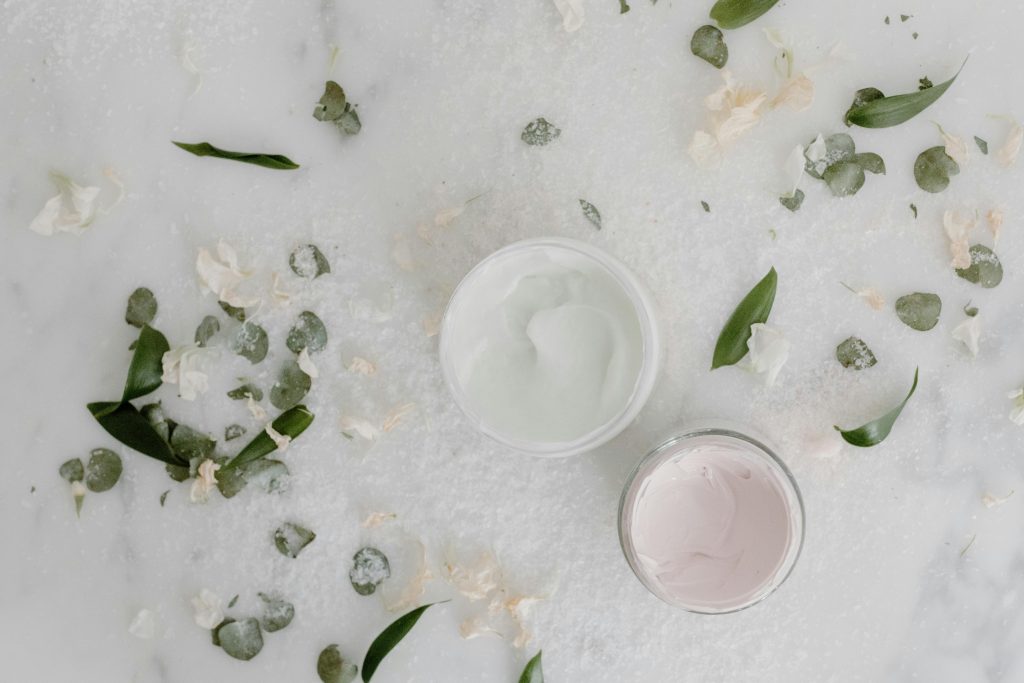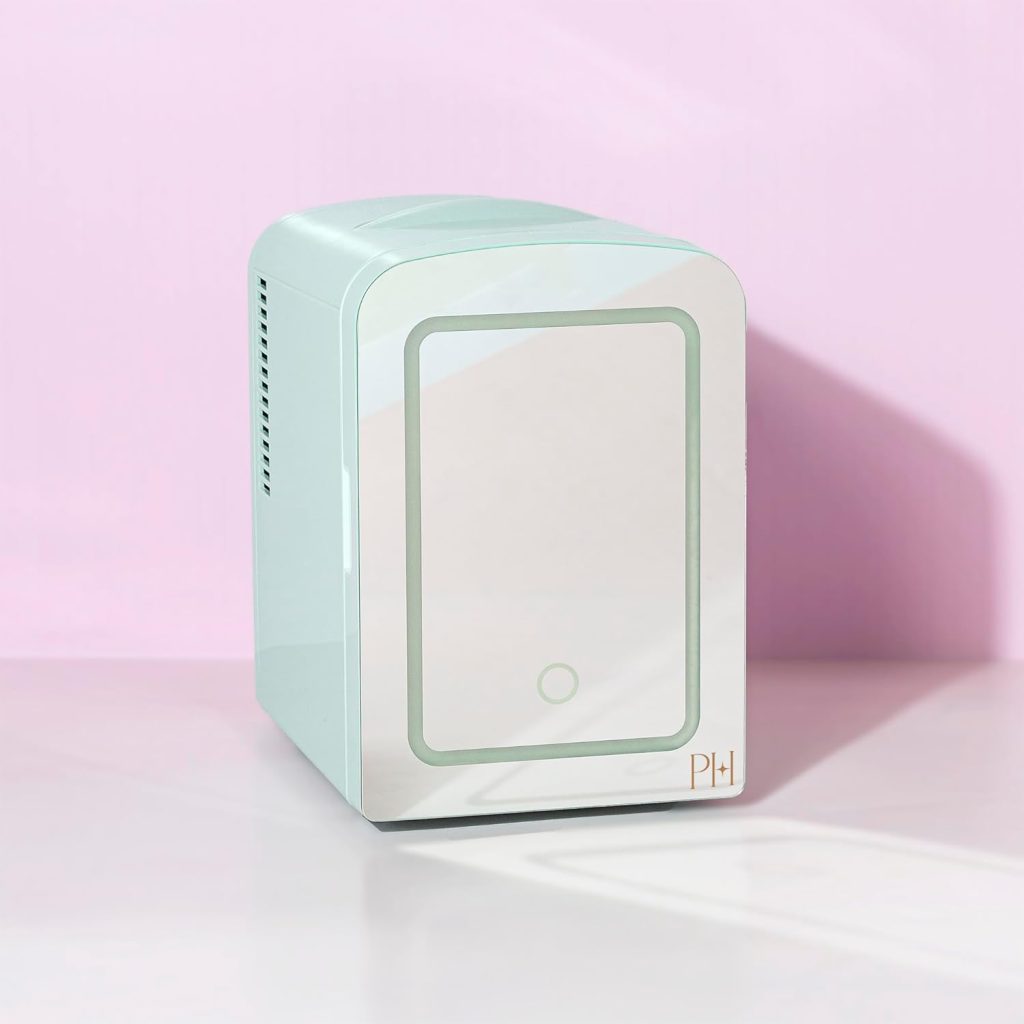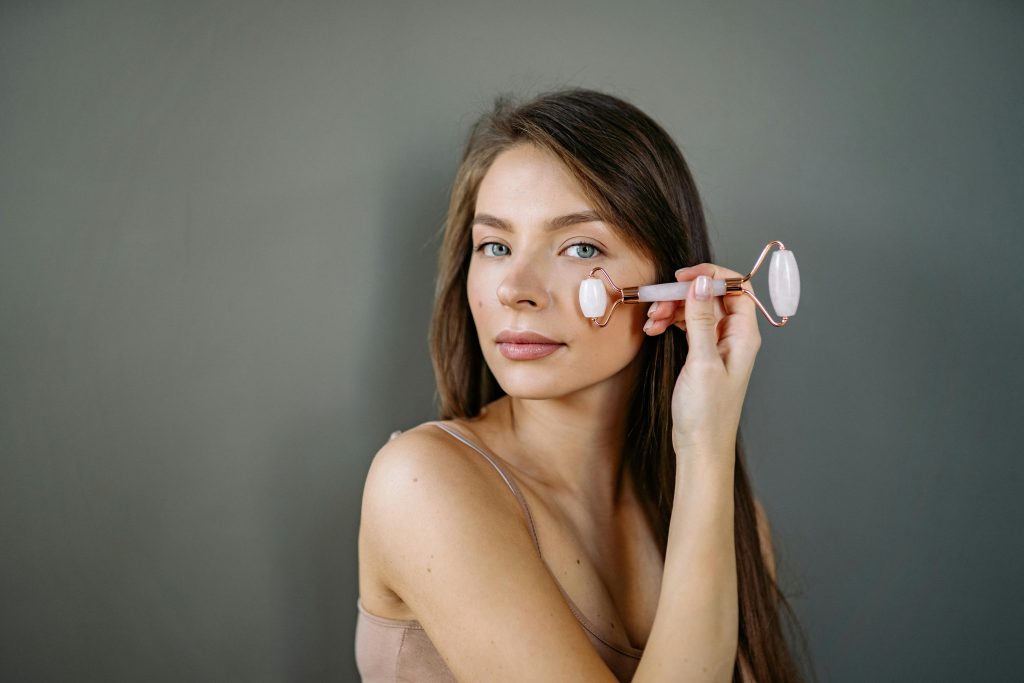
As an Amazon affiliate, I earn a commission for the products linked below.
Retinol Sandwiching: Should You Be Doing It?
If retinol makes your skin freak out, but you still want those anti-aging and acne-fighting benefits, you’re not alone.
Try the retinol sandwiching, the TikTok-approved trick dermatologists are on board with.
Let’s break down what it is, how it works, and whether you should be trying it.
What Is Retinol Sandwiching?
Retinol sandwiching is a skincare technique where you “sandwich” retinol between two layers of moisturizer.
The goal? To reduce irritation without compromising on results.
The layering typically looks like this:
- First moisturizer layer – hydrates and cushions the skin
- Retinol layer – your active treatment step
- Second moisturizer layer – seals it in and soothes
This method creates a buffer that minimizes flaking, dryness, and redness, common side effects when using retinol, especially if you’re just starting out.
Why It Works 🌟
Retinol is incredibly effective, but also famously irritating.
It speeds up skin cell turnover, which is great for smoothing fine lines and clearing breakouts… but also dries out your skin and weakens your barrier if used too aggressively.
Moisturizer acts like a protective hug around the retinol, softening its blow without canceling its benefits.
Dermatologists recommend this method for:
- Sensitive skin types
- Retinol beginners
- Anyone using strong prescription retinoids (like tretinoin)
How to Do It Properly
Here’s how to “sandwich” like a pro:
✅ Step 1: Cleanse
Use a gentle, non-stripping cleanser. No harsh exfoliants here.
✅ Step 2: Apply Moisturizer
Use a lightweight, hydrating formula with ceramides, glycerin, or hyaluronic acid. Let it absorb fully.
✅ Step 3: Apply Retinol
Use a pea-sized amount of retinol or retinoid on dry skin. Spread it evenly, don’t overdo it.
✅ Step 4: Moisturizer Again
Finish with a richer moisturizer or barrier cream to seal everything in.
Does It Reduce Effectiveness?
Nope, and this is key. Moisturizer doesn’t block retinol. It just helps slow down its absorption, giving your skin time to adjust and reducing potential irritation.
Some dermatologists say that better tolerance = better consistency = better results.
Who Should Try It?
✅ Yes, if you…
- Are new to retinol
- Have dry, sensitive, or reactive skin
- Use prescription-strength retinoids
- Have experienced flaking, redness, or burning before
❌ Maybe not, if you…
- Have very oily skin (you might not need extra moisture)
- Are using gentle retinol formulas already without issues
Recommended Products for Retinol Sandwiching
Moisturizers to use before and after:
- CeraVe PM Facial Moisturizing Lotion
- La Roche-Posay Toleriane Double Repair Moisturizer
- Vanicream Daily Facial Moisturizer
Gentle retinol options:
- The Ordinary Retinol 0.2% in Squalane
- Paula’s Choice 0.3% Retinol + Peptides
- Avene RetrinAL 0.1 Intensive Cream
Final Thoughts
If you’ve been scared off by retinol in the past—redness, flaking, or the dreaded purge—retinol sandwiching might be your skincare comeback.
This technique gives your skin all the good stuff, minus the trauma. And that, my friend, is skincare that works with your skin, not against it.
💬 FAQs
Q: Can I use retinol sandwiching every night?
A: Start with 2–3 nights a week. If your skin tolerates it well, you can increase frequency gradually.
Q: Will I still get results using this method?
A: Yes! Sandwiching helps with long-term consistency, which leads to better results, especially for sensitive skin.
Q: Can I sandwich other actives like acids or vitamin C?
A: No. This method is best for retinol/retinoids. Acids and vitamin C need different conditions to be effective.
Q: Can oily or acne-prone skin use this method?
A: Yes, but you might opt for a lightweight gel-based moisturizer instead of a thick cream.




















